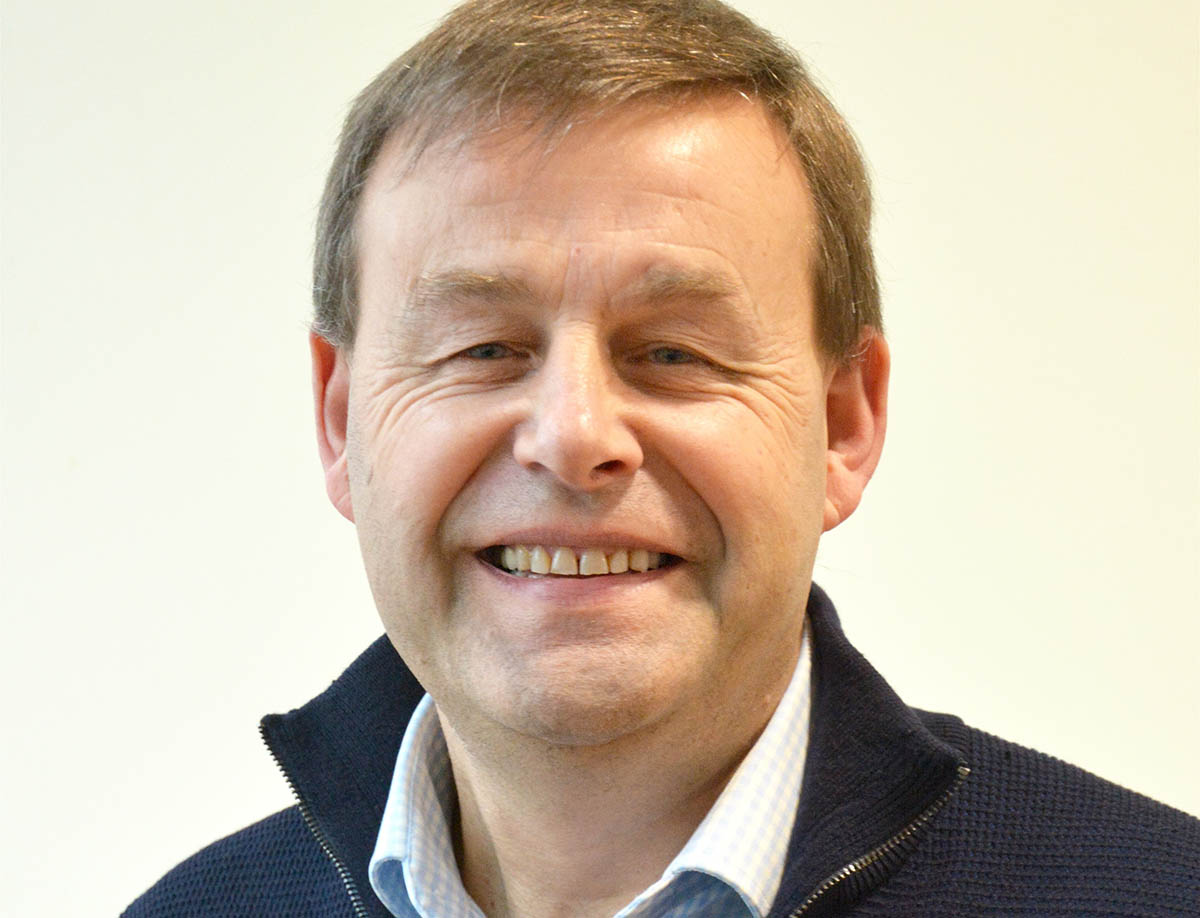
By Malcolm Morrison, a director at Sutherland-based GMG Energy.
Highland Region is one of the most beautiful places in Europe, with a wild, majestic grandeur and, at 10,085 square miles, it is easily the largest council area in Scotland, nearly four times the size of the next biggest.
It is also one of the most sparsely populated, and the demographic shrinkage is far from over, making it a hugely challenging place to conduct business on any really meaningful scale. It is instructive that the main employers are the NHS and the council.
But business loves a challenge and despite obstacles such as distance-to-market which would deter all but the boldest, there are many enterprises taking up the gauntlet and creating viable enterprises which provide much-needed quality employment.
So, what are the pros and cons of the current business environment in this unique landscape and what could be done to turbo-charge commercial activity in a positive and sustainable way?
The Pros:
- Although the pool of potential clients is small, if they are supplied and serviced in a fair and appropriate manner, they tend to be intensely loyal.
- The opportunity for a circular economy. Firms appreciate the benefits of co-operation and collaboration and the cost savings to be made by sourcing locally.
- A very good labour force which seizes on employment opportunity in an area where quality jobs are hard to find.
The Cons:
- The primary challenge is the cost of energy. Petrol and diesel have always been more expensive in Highland and the latest significant jumps in gas and electricity prices have made for testing times.
- It is a small population to supply, and margins are much lower than in the south of England. The cost of acquiring goods means that most people have to look after the pennies.
- Resources are limited. It is a less-favoured area with a rugged and largely unproductive landscape.
This last point, though, shows how looking at available resources in a positive way can reap dividends. Though the land is poor, trees grow at a prodigious rate and we have built a thriving timber and renewables business with some of the most up-to-date processing equipment on the market.
The goal is to add value to every product and we have just invested heavily in treatment and preservation plant to allow us to supply the construction industry, as well as briquette equipment to utilise the sawdust by-product. Soon we will have an online shop to meet national demand.
But there are many things which could be done to make the costs of doing business in this remote area more acceptable, such as improving the transport network. The main artery is the A9, alongside which runs the railway.
Highland remains home to many of Scotland’s surviving single track roads and, though many roads have been improved, there needs to be a greater provision of east-to-west links, natural barriers permitting.
Fast broadband is a business essential now, but connection with decent speeds is still very mixed in areas such as Sutherland. We are looking at connecting to Elon Musk’s Starlink, which unlocks excellent speeds pretty much anywhere.
Highland Council, Highlands and Islands Enterprise (HIE) do excellent work but they could do more to identify opportunities for everyone and encourage businesses to leverage off each other and seek out joint ways of working.
If the pandemic taught business one lesson, it is that working together for mutual practical advantage is better than guerre à outrance over crumbs. With goodwill on all sides, Highland could be a great example of this philosophy.











